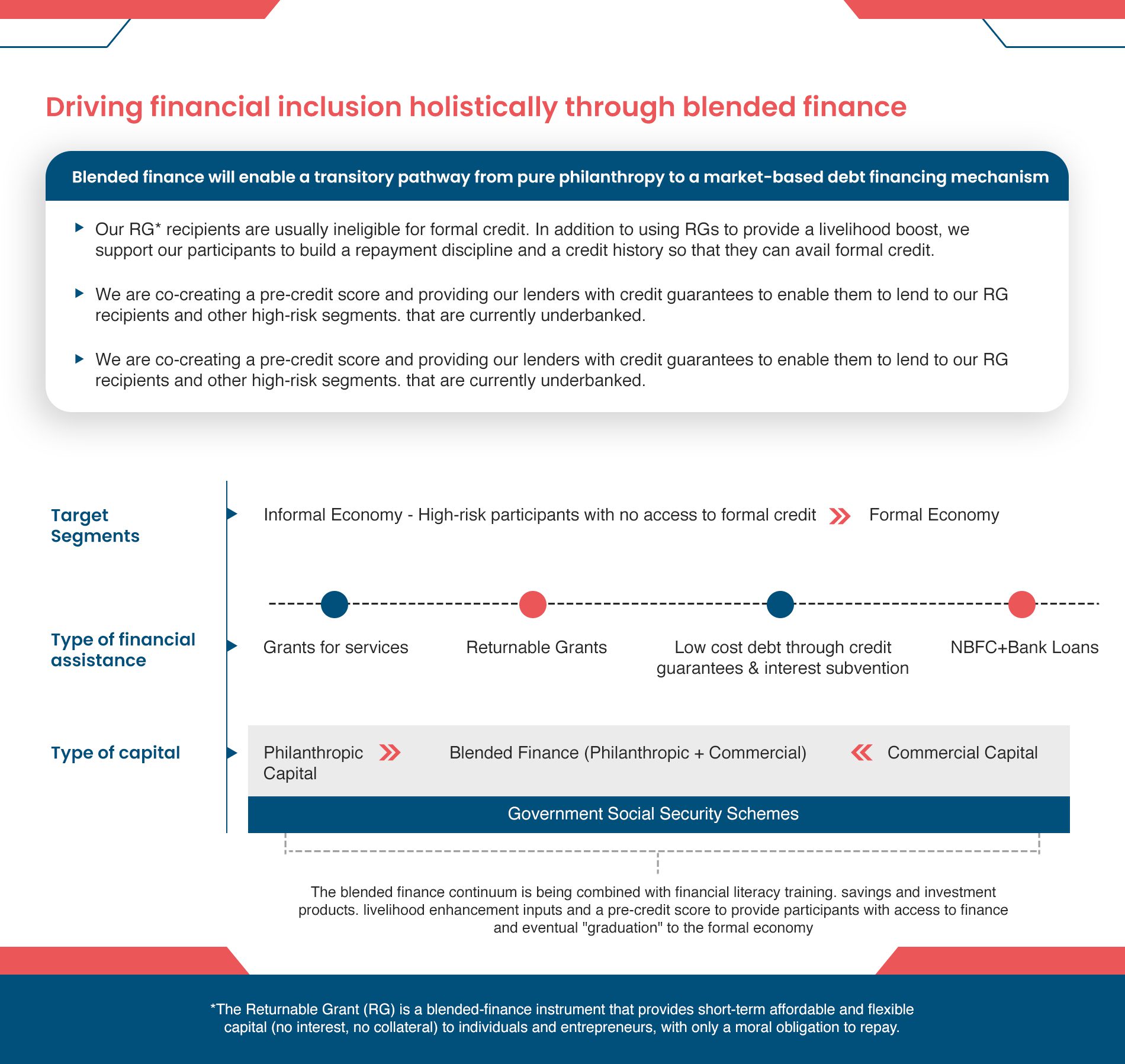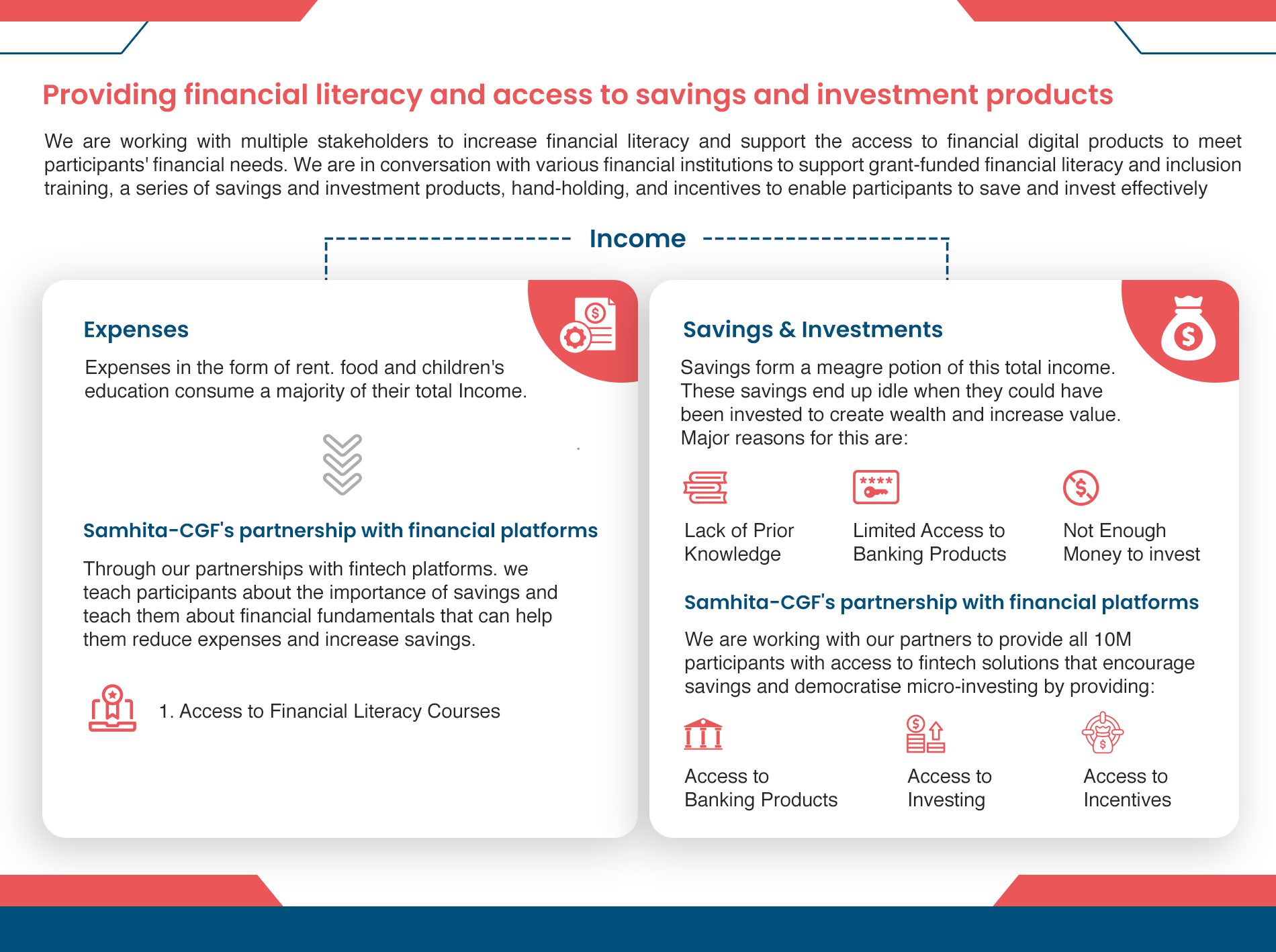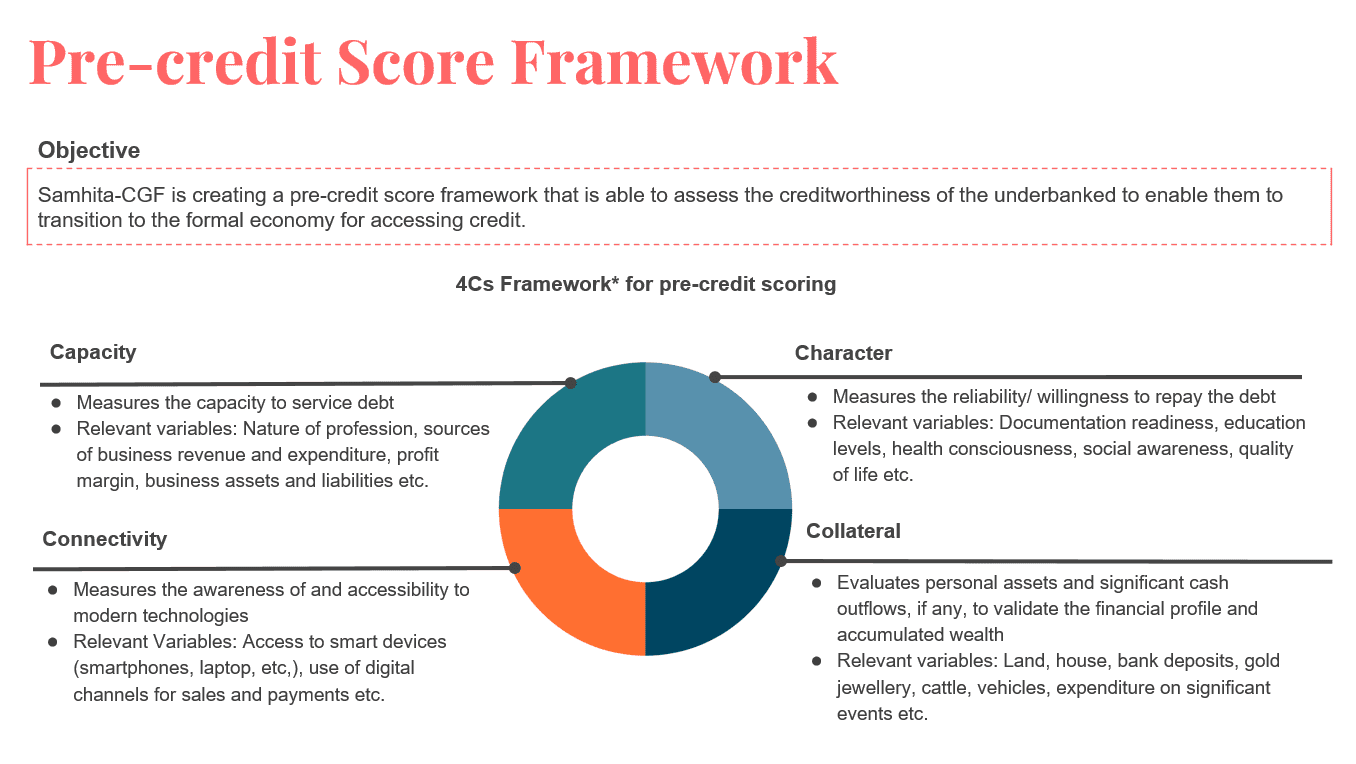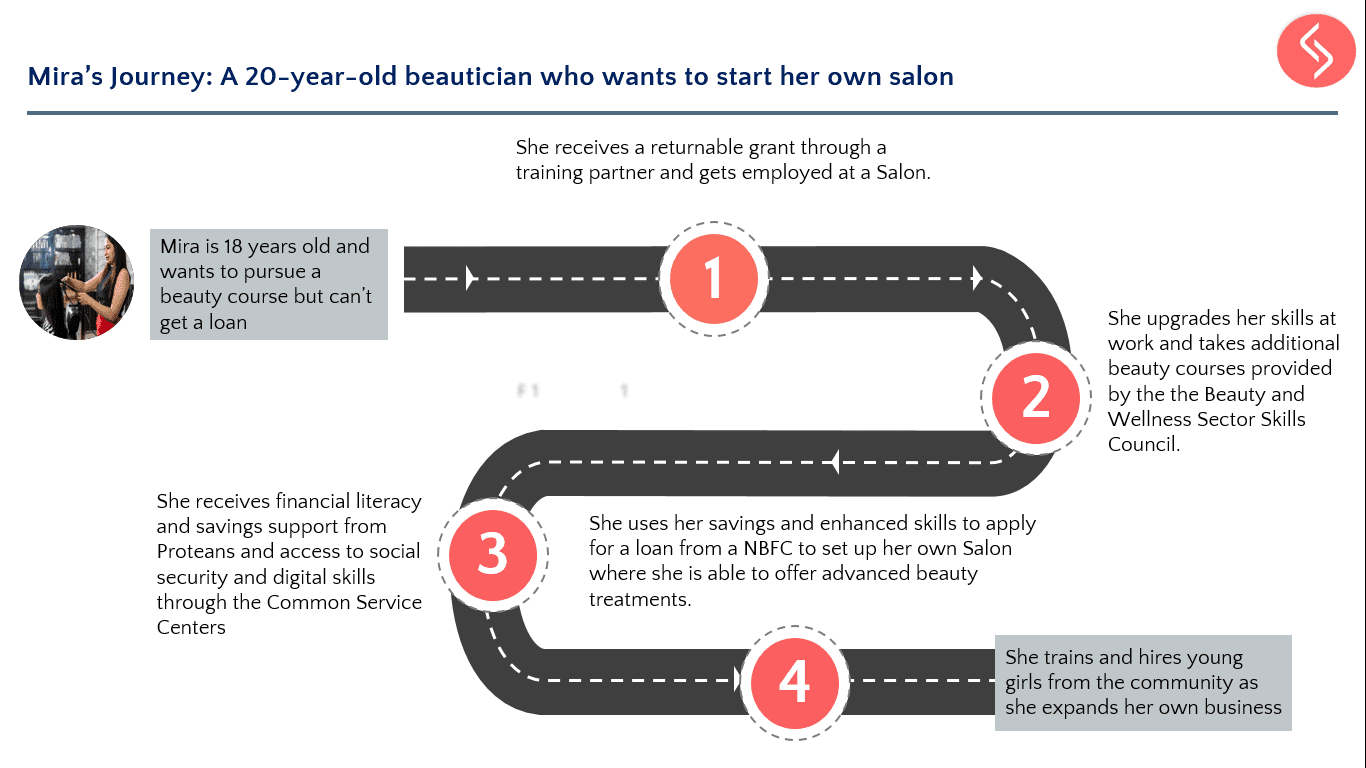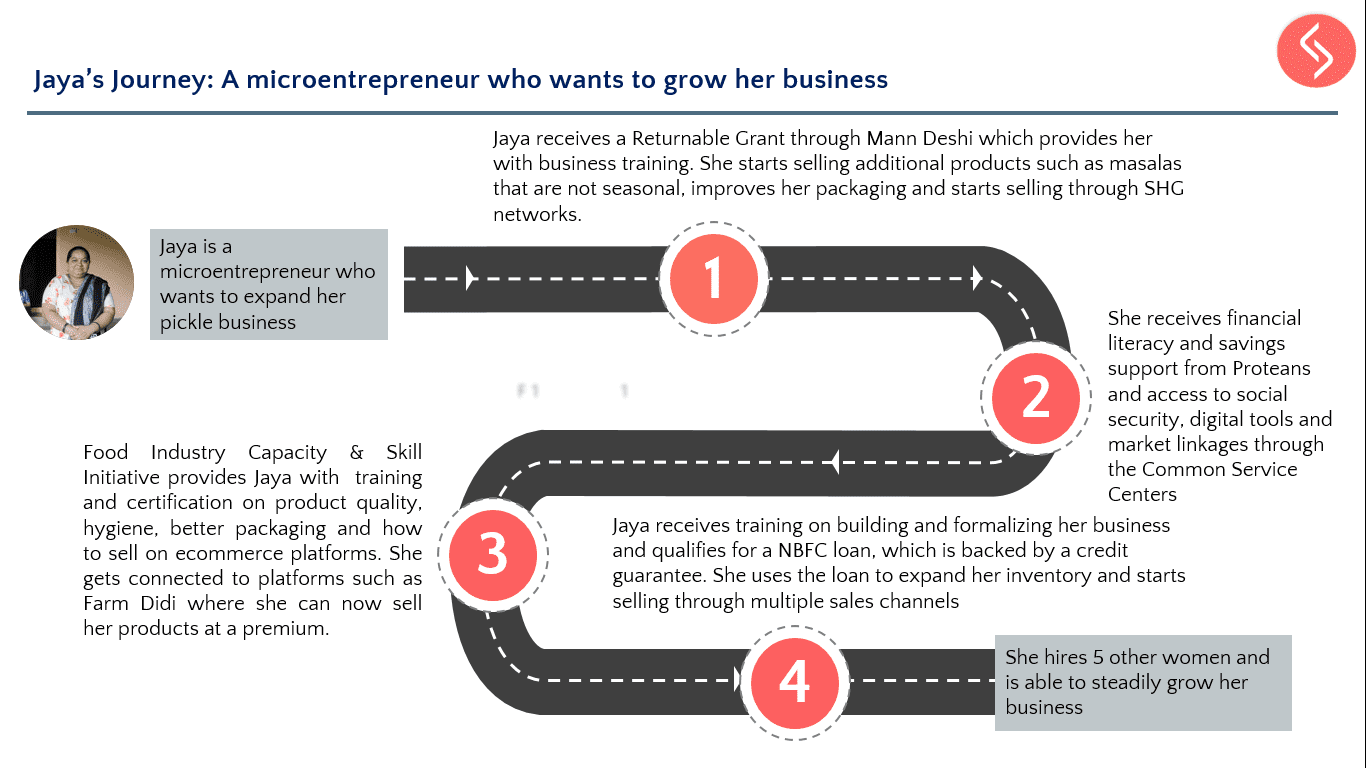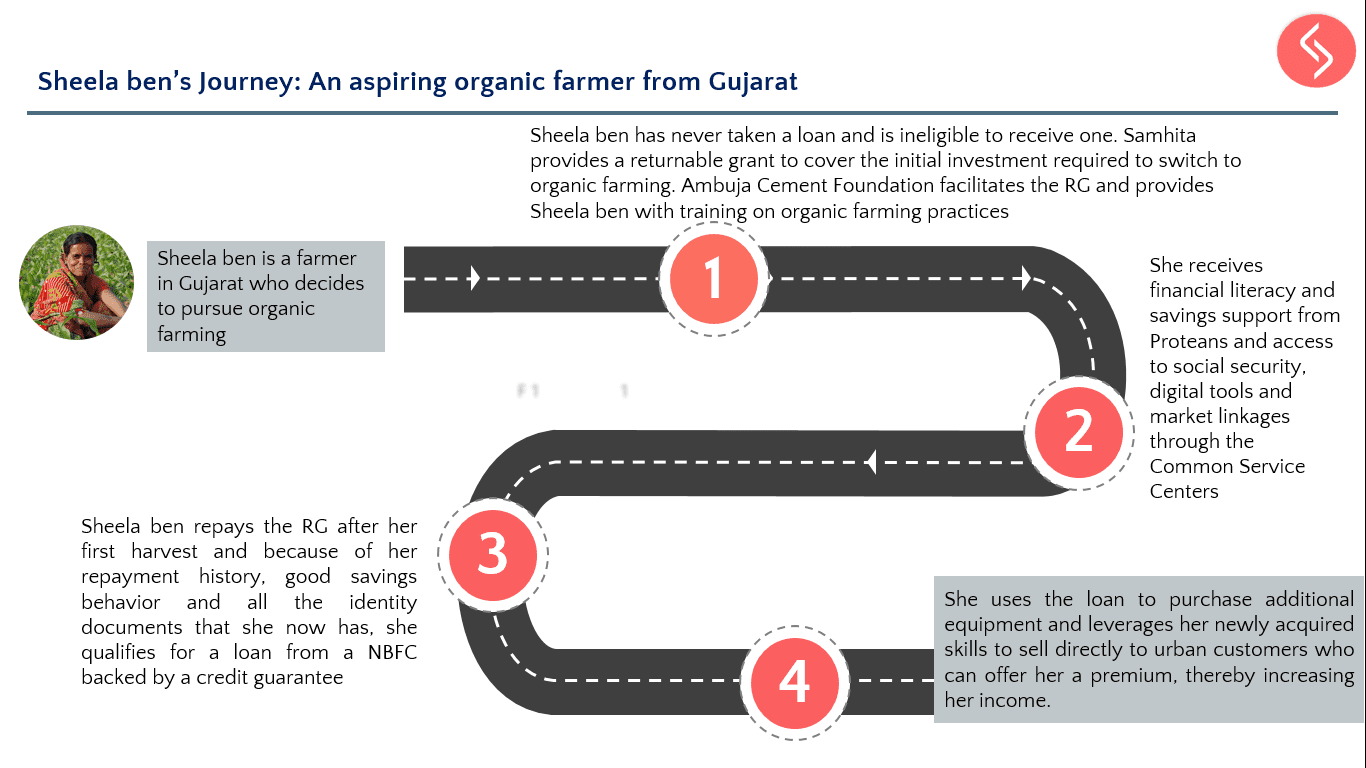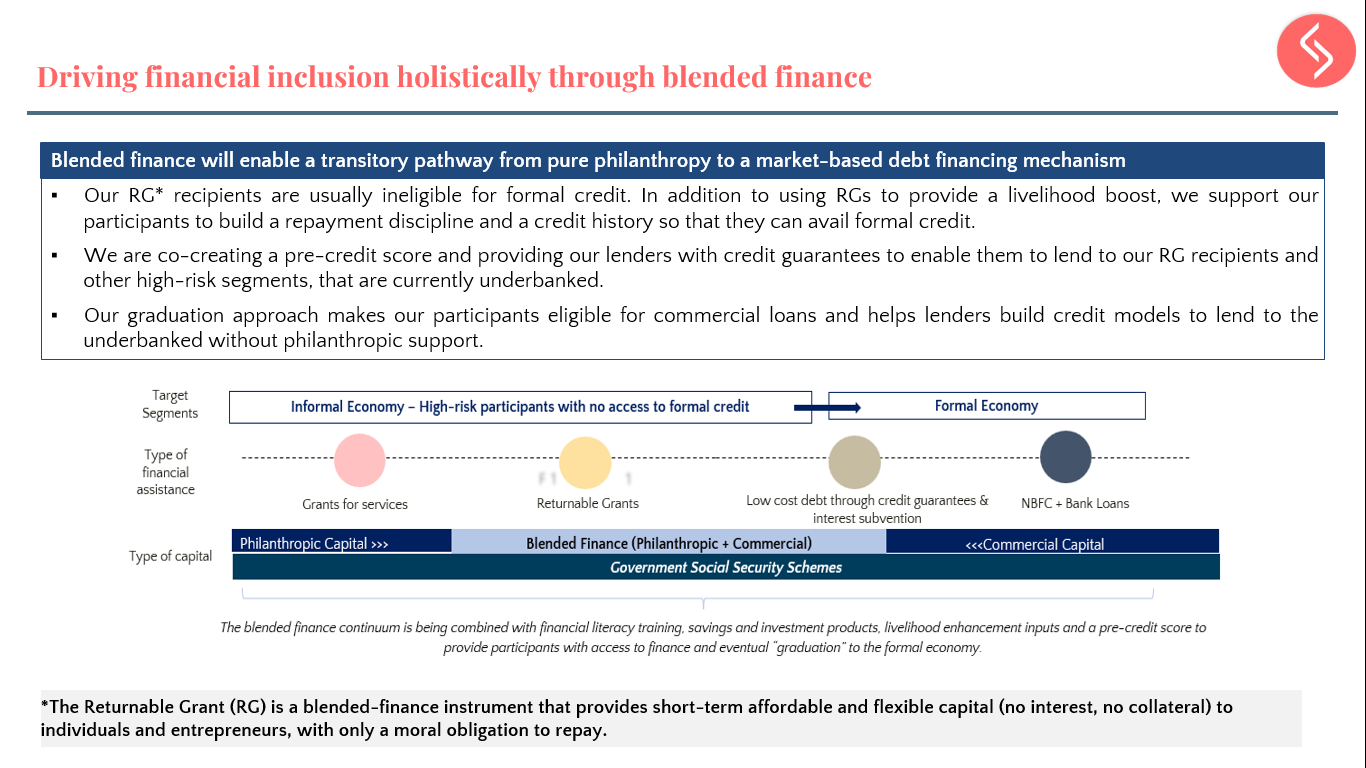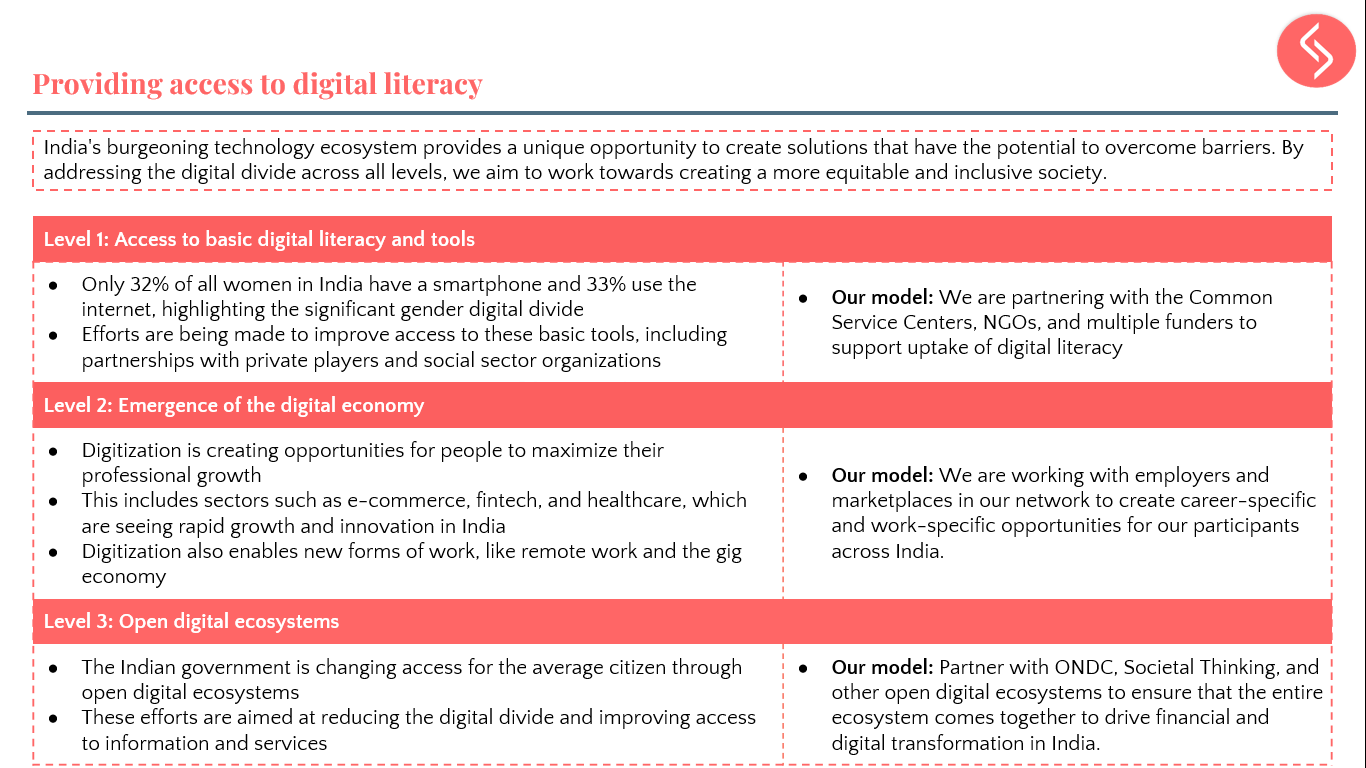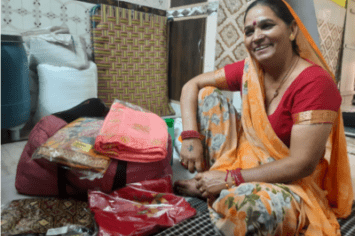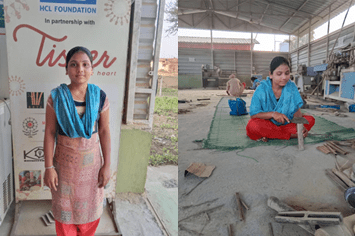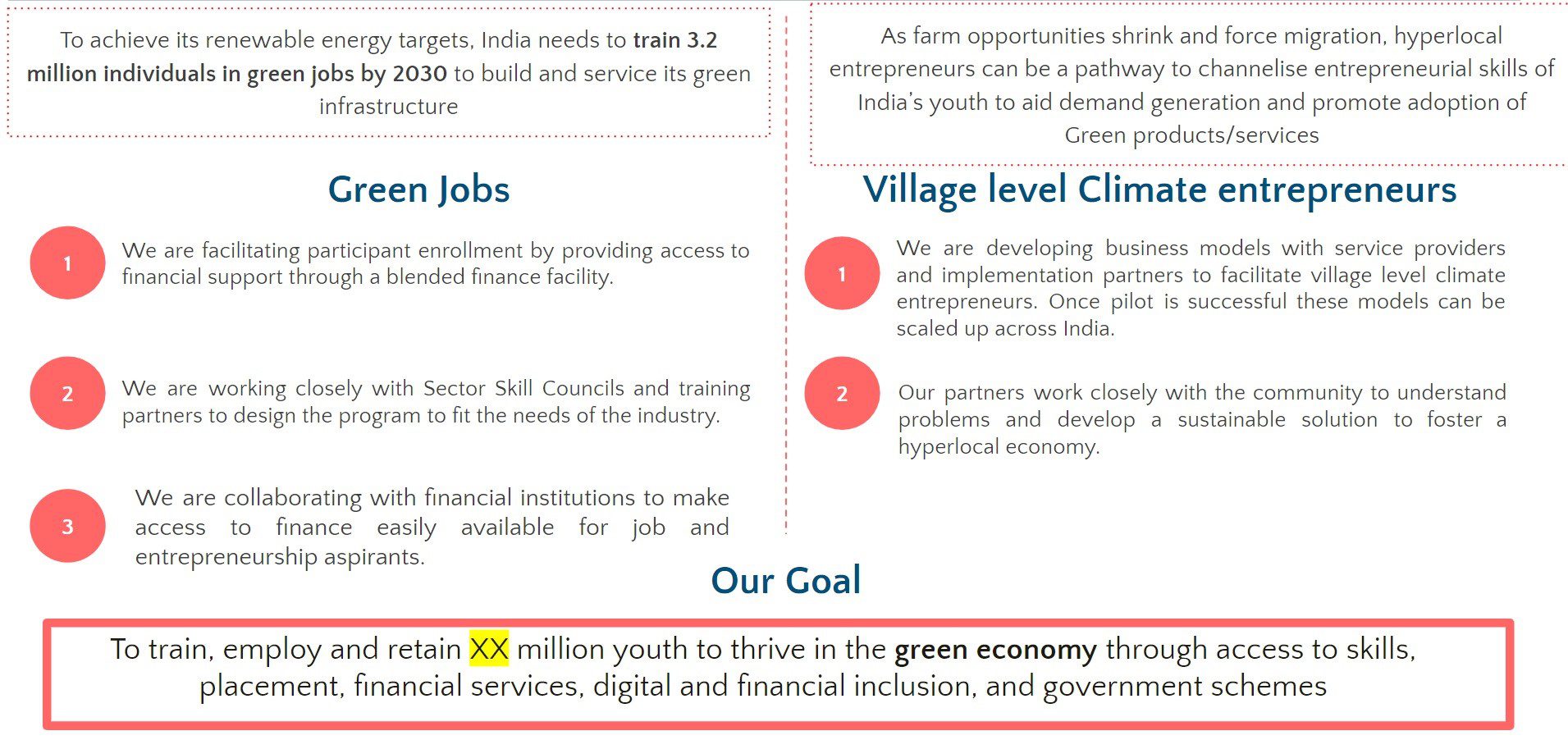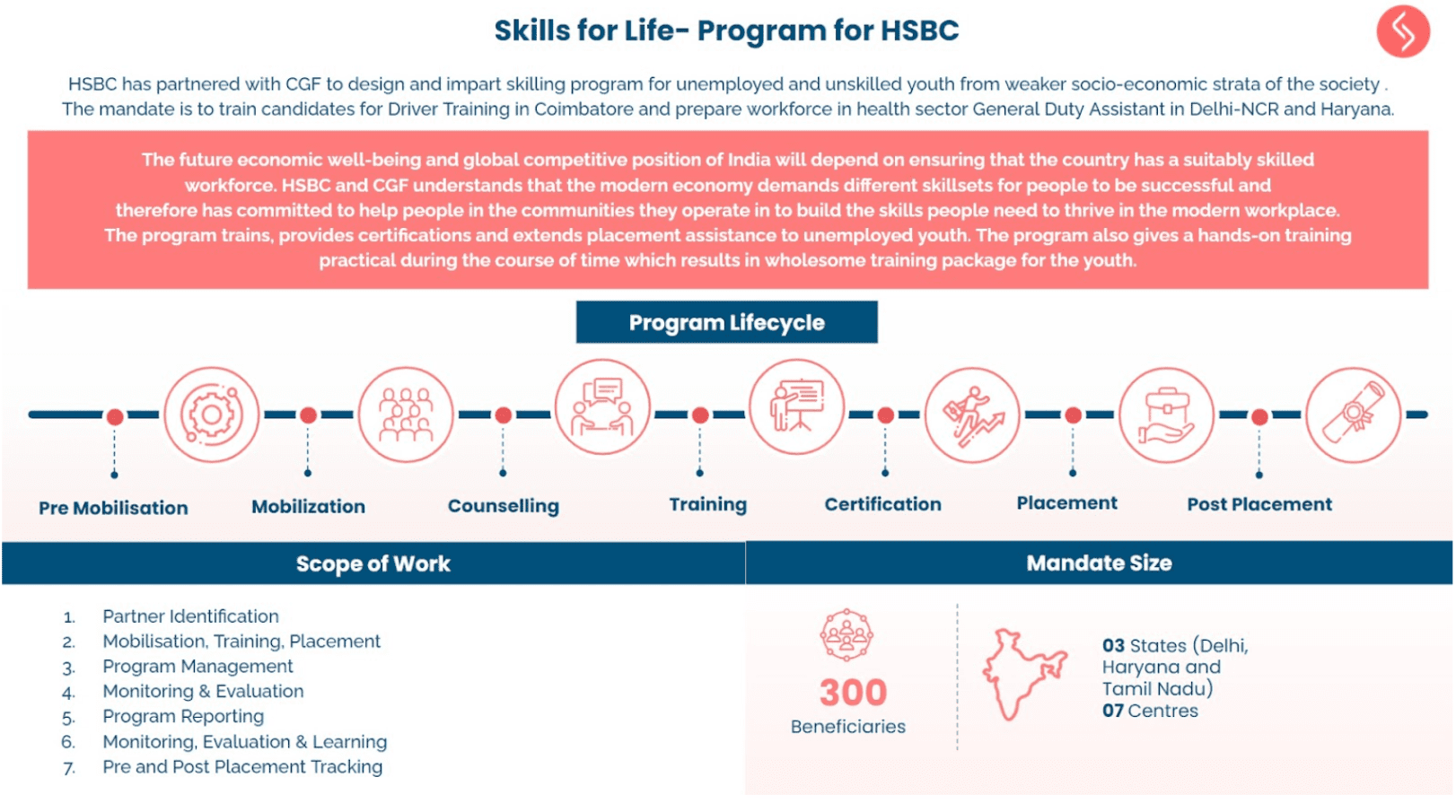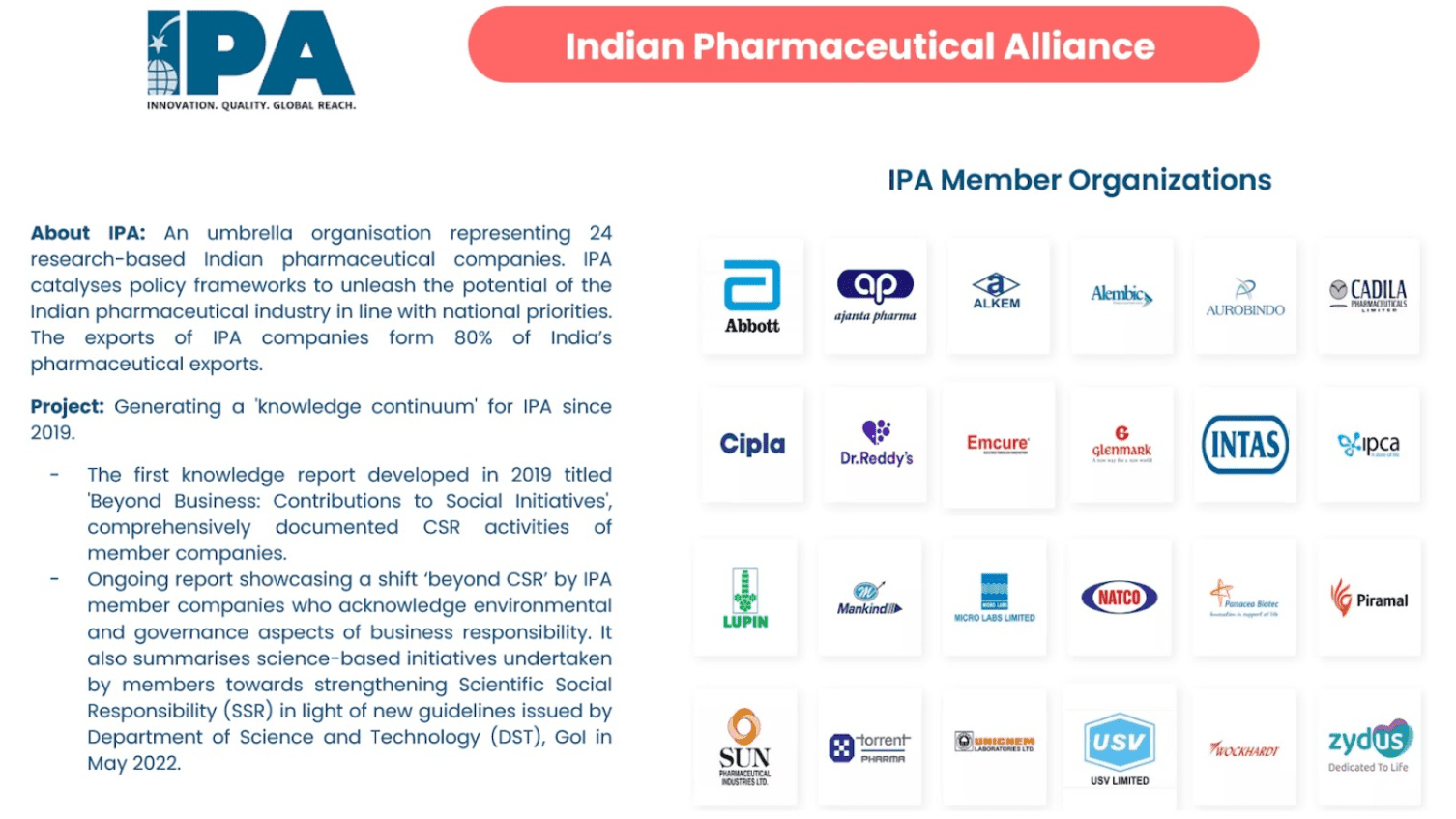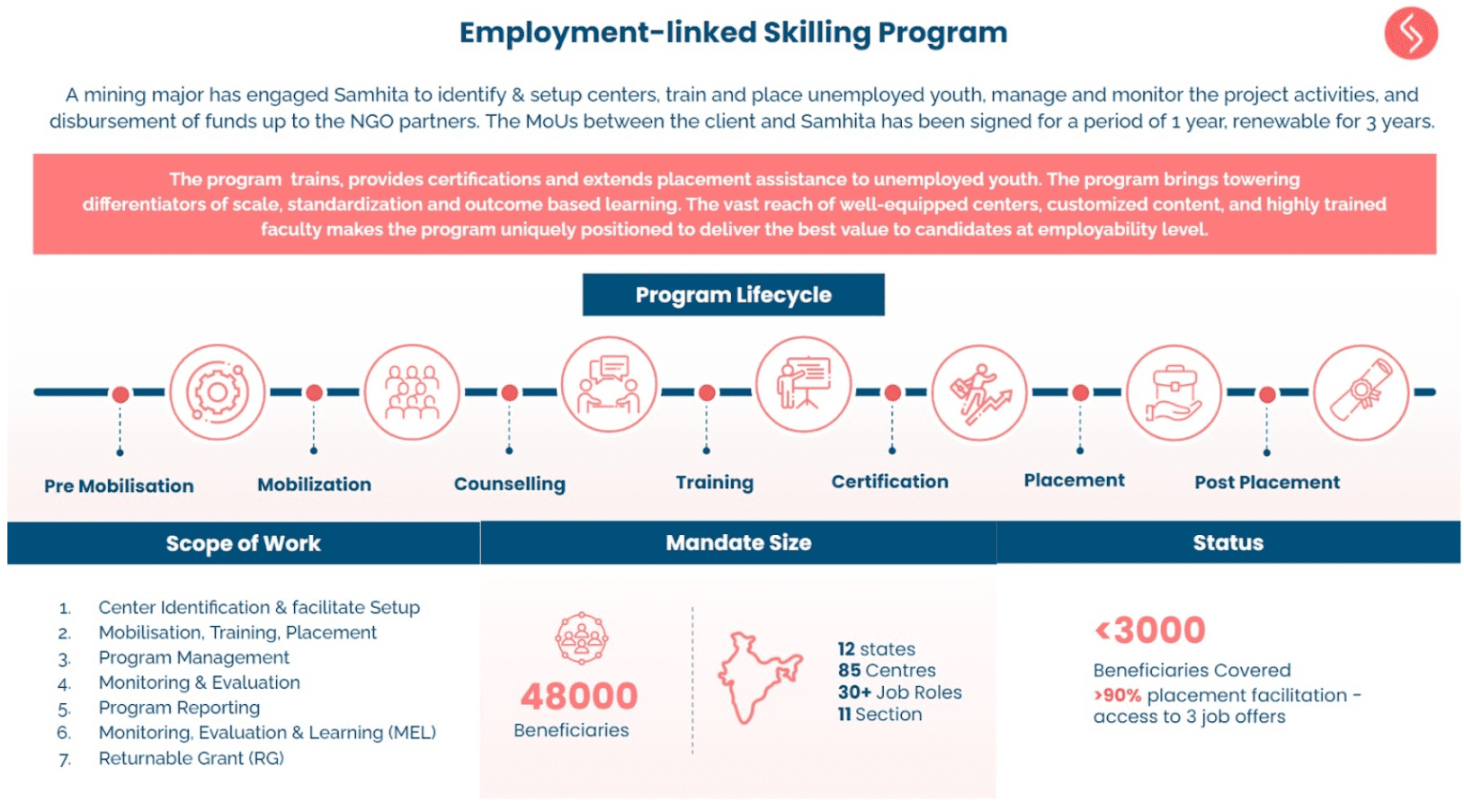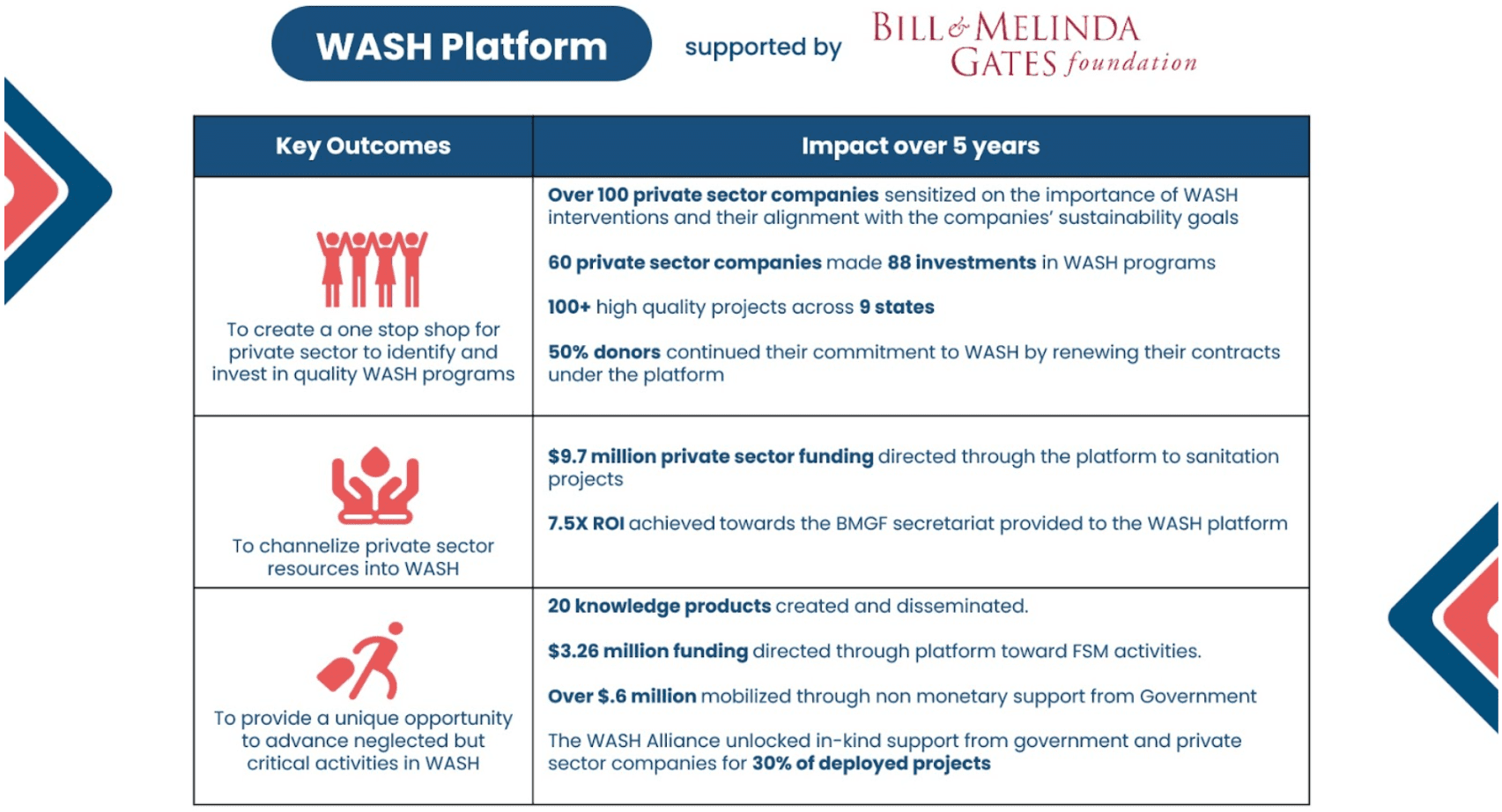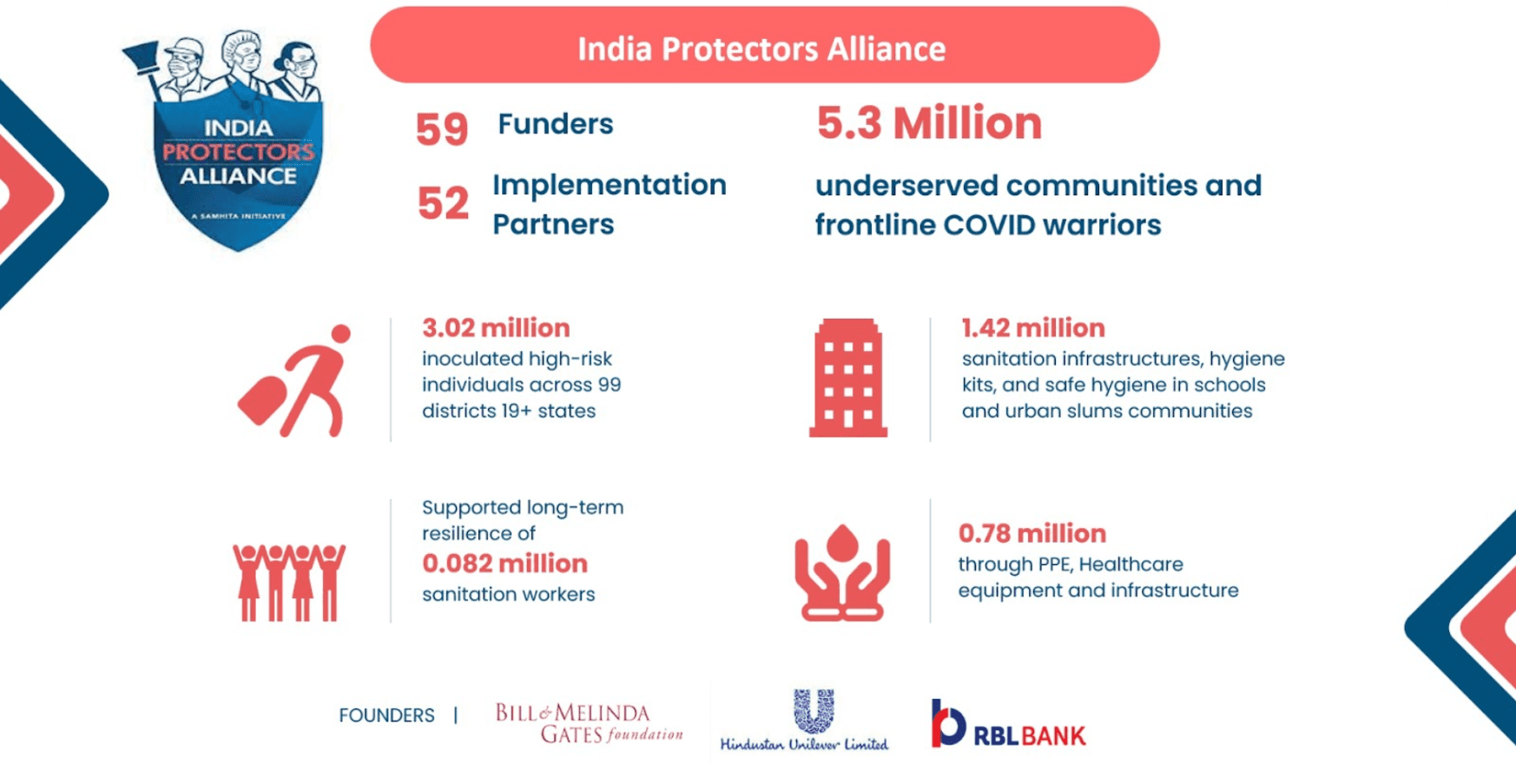In the pursuit of comprehensive financial inclusion innovations, Samhita-CGF’s pioneering network alliance is steadfastly working towards addressing the credit gap experienced by underbanked communities and micro-entrepreneurs. To assess our progress in this initiative, we are excited to introduce a revolutionary method for measuring and improving credit impact outcomes for informal sector enterprises by introducing four key indices – the Income Index, Economic Empowerment Index, Women Economic Empowerment Index, and Resilience Index. These indices are intricately crafted to offer in-depth insights into the economic well-being and resilience of communities. Let’s explore the significance of these indices and understand their vital role in evaluating the impact of informal sector enterprises and the households they support.
The significance of indices
Indices are vital tools for tracking progress and measuring the change in various aspects of communities. For instance, the Reserve Bank of India’s Consumer Confidence Index reveals that consumer sentiment rebounded significantly in the last quarter, reaching an index value of 118.8, indicating a growing confidence in the economy. This data points to the importance of understanding the sentiments and perspectives of consumers for effective economic policies. An index is thus “a single, unique numerical value tracked over a given period as a time-series”. Some of the other common indices measured in India are MoSPI’s consumer price index (CPI), BSE Sensex, air quality index (AQI), RBI’s financial inclusion index, etc.
In 1990, the United Nations Development Program (UNDP) transformed the landscape of development theory, measurement, and policy with the publication of its first annual Human Development Report (HDR) and the introduction of the Human Development Index (HDI). The HDI, born from Amartya Sen’s revolutionary “capabilities approach,” emphasized the importance of human well-being beyond income. This pioneering index inspired the creation of other impactful measures, with the latest HDR published in 2022.
More recently in July 2023, NITI Aayog came out with the progress report on multidimensional poverty index, which derives its methodology from the Global Multidimensional Poverty Index (MPI) published by Oxford Poverty and Human Development Initiative (OPHI) and the United Nations Development Programme (UNDP).
The choice of the indices by Samhita-CGF
In an increasingly interconnected world, the need for robust indices cannot be overstated. Traditional economic indicators often fall short in capturing the nuanced challenges faced by different segments of the population. The Income Index, Economic Empowerment Index, Women Economic Empowerment Index, and Resilience Index are tailored to bridge this gap. Below is a snapshot of the same.

According to a recent UNDP report, the global Gender Development Index (GDI) shows progress, but it also highlights the persistent gender disparities in education and income in various regions. This underscores the importance of specialized indices like the Women Economic Empowerment Index to address these specific challenges. Similarly, the Resilience Index aims to measure the ability of the proprietor’s household to withstand any exogenous or endogenous shock, given the sustainability offered by the growth of the enterprises through capital and other intervention support provided by Samhita-CGF.
Indices as a means to track our commitment to the vision for supporting the informal sector
Through the REVIVE Alliance, Samhita- CGF envisions to empower communities through data-driven insights and targeted interventions. Our recent impact assessment shows that through this alliance, we have catalysed the advancement of livelihoods for over 5,50,000 informal workers and entrepreneurs in just three years. This includes more than 4,40,000 women who have benefited from multiple interventions under the alliance, showcasing the potential for transformative change. We believe that by accurately measuring and understanding economic empowerment and resilience, we can implement interventions that have a lasting impact on the lives of individuals and families.
The resounding success of REVIVE looks at the next phase where we aim to irreversibly increase incomes and improve the livelihoods of 2 million participants over the next 3 years, and 10 million workers and MSMEs in 5 years (with at least 50% being women) through multi-year, multi-intervention support of participants. We aim to not only facilitate the graduation of small businesses into the formal economy, but also provide evidence to demonstrate the creditworthiness of these segments as a whole and create a new market for formal lending for banks, NBFCs, and other FIs. Our co-created pre credit score (PCS) will be used as a proxy for a formal credit rating and be required as a scheme prerequisite. (We elaborated more on PCS here.)
In a world where change is the only constant, it is imperative that we have the tools to adapt and grow. The Income Index, Economic Empowerment Index, Women Economic Empowerment Index, and Resilience Index are the embodiment of our commitment to creating a brighter, more prosperous future for all. (We deep dive into one of the indices, Women Economic Empowerment Index, here.) With these indices as the basis of measurement of impact on each beneficiary’s life, we can assess not only the number of beneficiaries but the degree to which the impact was created in the life of each individual. These indices would give a deeper insight into the impact REVIVE is creating and will aid the alliance to dive deeper into the challenges and opportunities to support and impact many more lives.
This article was authored by Abhishek Gupta, Ipsita Gupta, and Varnika Jain




















